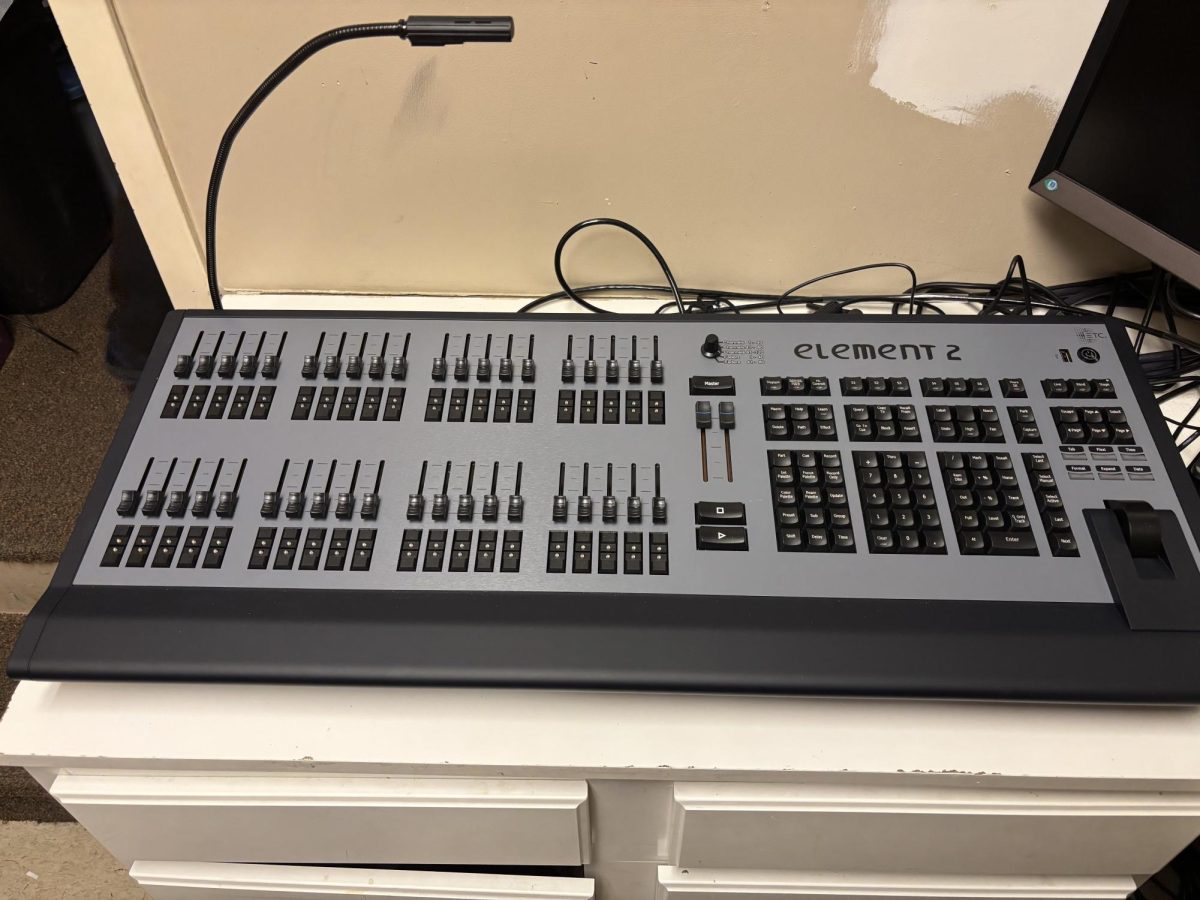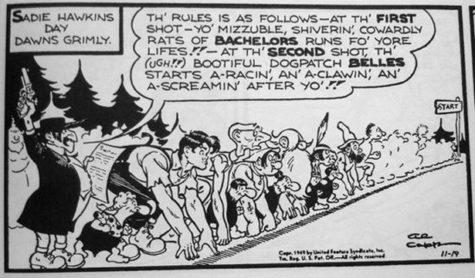Hydropower isn’t as run-of-the-mill as you’d think
February 20, 2015
Mr. Kemp’s physics class ventured to the Manitou Springs’s Ruxton Park Power Plant last Friday during third block, learning about how hydropower works.
Chris Thompson—local historian and an operator of the Ruxton Park location—led the tour and presented the information to those present concerning the plant’s history and hydropower’s major uses.
Despite hydrology’s functions, few actually know how it works or the ramifications that surround it.
Hydrology is the use of dammed water to create energy through waterwheels that run generators by enabling water force—what Mr. Thompson described as being “a solid glass bar” of water—to turn them, generating the power that is eventually used to turn on lights and brighten houses.
According to Thompson, the Ruxton Park location that is across from the Cog Railway manages to produce 7.5 Megawatts of water—a Megawatt being tantamount to 800 houses—the equivalent of about 6,000 houses within all of Manitou Springs and Cascade.
When compared to Colorado Springs, putting out 35.5 Megawatts at full load (which is rare, because power depends entirely on how much water is used, which is a sporadic denominator because of water demand) or powering 28,400 houses, Ruxton’s location would be able to generate only enough energy to manage 21% of Colorado Springs’s total power.
And because Manitou utilities, namely electricity, is interconnected to Colorado Springs’s own, this is an infinitesimal percentile.
However, when summertime comes, Manitou will produce up to 850 Megawatts, which is a minuscule amount as well but larger than the average compilation.
When Thompson was asked about hydropower’s efficacy, he claimed that it is efficient because not only is water free to manipulate, but it costs little to operate the plants themselves, requires no fuel, and lasts great lengths of time. “There are hydro units that are over 117 years old in America still producing power,” said Thompson.
A week following their trip to the Ruxton Park location, Mr. Kemp was asked why he originally took his class and he claims that it was not just because some of his students may choose to build their own scale-model generators, but also because of the exposure to how power is created. “Exposing [the class] to electricity that you can’t see,” said Kemp, was his main intention.
He followed it up by saying, “I think [hydroelectricity] is great. It’s clean, renewable… However, most of the hydroelectric locations have already been used. So it’s not like they’re just waiting to be used.”
And as Thompson said, Kemp agrees that hydroelectricity is a “clean” source of power, elaborating, “There’s no fossil fuel burning, no big mining operations, [it] doesn’t take tons of materials—like solar—and all you really need is a big waterwheel.”
So the next time you find yourself on your way up the local Incline or taking the cog from the foot to the top of Pikes Peak, take a peek at the Ruxton Park Power Plant—it’s there for a reason.












































